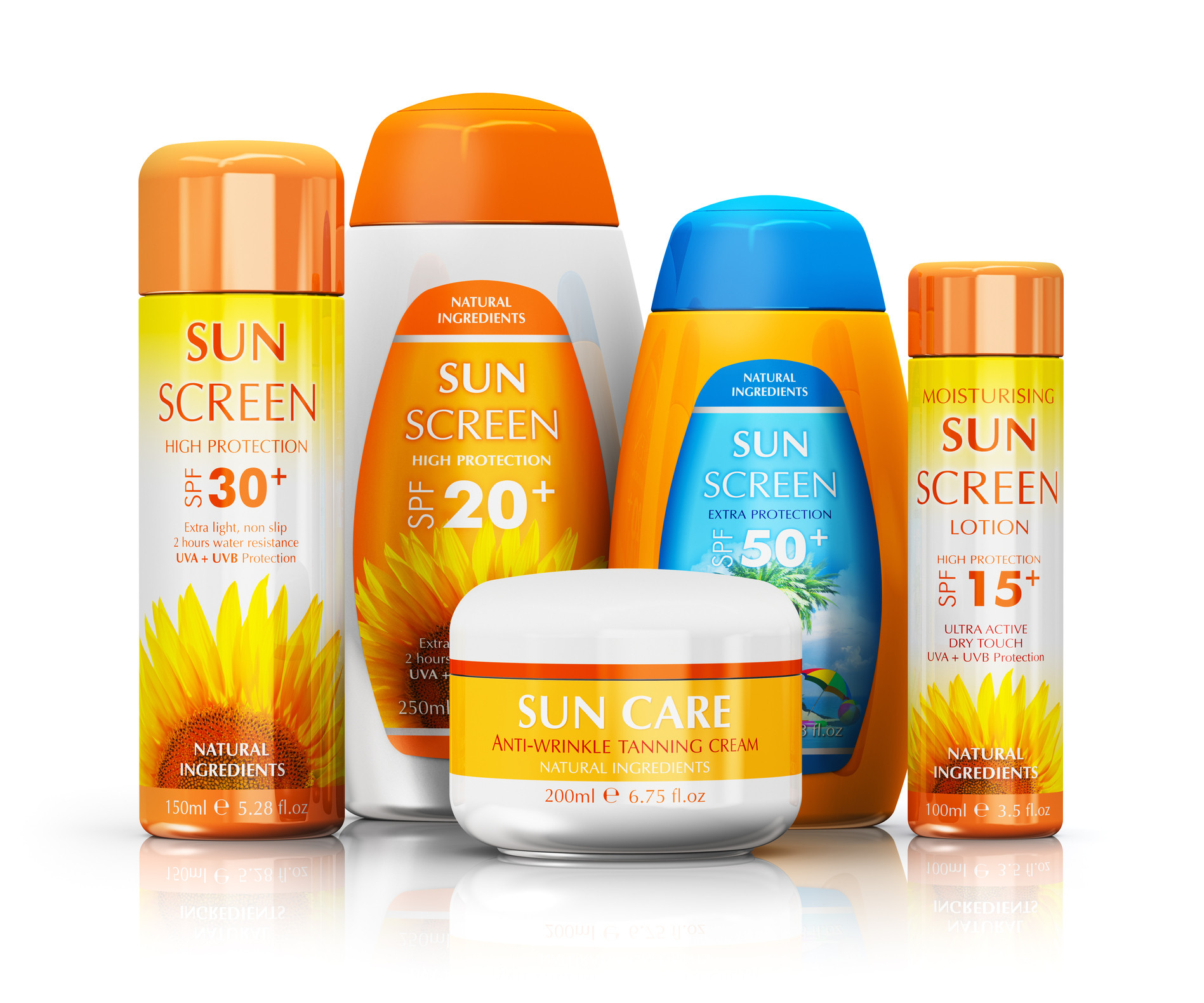Harvard Health Blog
Shopping for sunscreen: Are all brands equal?

Last week in the playground another mom remarked that she had just ordered all her sunscreen from Europe: "They have much better ingredients. I ordered one with Tinosorb." This conversation ironically occurred on the same day that I was asked to write this post and I realized that my sunscreen knowledge was a bit passé. As I started to research sunscreen ingredients — in both medical journals and blogs — I discovered why Americans are compelled to go to international markets to find the "best" products.
What is indisputable is the need to protect skin from both UVA and UVB — the type of cancer-causing rays that reach the Earth's surface. But to ensure you are using a sunscreen that protects from both forms of UV rays, it is important to understand sunscreen labeling in the US. The SPF number is primarily a measure of protection against UVB, whereas the "broad spectrum" label designates UVA coverage. When purchasing a sunscreen, the American Academy of Dermatology recommends selecting one with an SPF of at least 30, with broad-spectrum coverage, and that is water resistant. Although it seems straightforward, just under half of the products marketed on Amazon fall short.
How do you choose?
So now the hard part: selecting a good sunscreen. There are two types of products, organic filters (or chemical blockers) and inorganic filters (or physical blockers). The physical blockers are fairly straightforward as there are two common ingredients, zinc oxide and titanium dioxide. You may associate these products with a white appearance, common in the 1980s, but newer formulations are more cosmetically acceptable. One drawback to the newer formulations is that the titanium-based products offer less UVA protection. That's not true of the newer zinc-based products. So, bottom line, zinc-based sunscreens offer excellent protection against both UVA and UVB rays, and there are a number of nice products available on the US market.
Chemical blockers are much harder to navigate given the number of filters available, and chemical sunscreens are often marketed as combination products. One of the more common filters is oxybenzone, which protects against both UVA and UVB, and is common in the US market. This ingredient is controversial for two reasons. Of all the chemical filters, it's the one most likely to cause an allergic reaction. That said, the rate of reaction is actually very low given the number of individuals who use products containing it.
Oxybenzone also has an estrogen effect (meaning it can act like an estrogen cream). The estrogen controversy stems from animal studies, but humans would have to apply large quantities in order to achieve the same effects. The product has been used in this country since the 1970s without any reports of harmful side effects in humans. Other chemical products include salicylates (e.g. octisalate, homosalate, and trolamine salicylate), which are weak UVB absorbers so they need to be combined with other filters; cinnamates, which are potent UVB absorbers; and avobenzone, which is a UVA absorber but can become ineffective in the presence of certain other ingredients.
Sunscreen envy: New ingredients not yet available in the US
There are new ingredients in the pipeline awaiting FDA approval, and yes, these are the ones available in Europe. You may wonder why these effective filters are not available here. The reason is how sunscreens are regulated. In the US, sunscreens are regulated as over-the-counter drugs, whereas in Europe they are classified as cosmetics and not held to the same regulatory standards. There is one newer filter available in the US called Ecamsule (Mexoryl SX), which is a UVA absorber and is available from Amazon as a combination product. Tinosorb is one of the filters awaiting approval and protects against both UVA and UVB.
So, who needs sunscreen?
The easy answer is everyone, but light-skinned individuals are more susceptible to the harmful effects of UV rays. Certain individuals with underlying conditions, such as compromised immune systems, are even more prone to cancer formation. Keep in mind that you can use a great sunscreen, but if you don't apply it correctly then you are not getting adequate protection, and most people only apply 25% of the recommended amount. It is recommended to apply the following amounts to different areas of the body: 1 teaspoon to the face, head, and neck; 1 teaspoon to each arm and forearm; 2 teaspoons to the front and back of the trunk; and 2 teaspoons to each thigh and leg. And don't forget to reapply every 2 hours or after getting wet.
One last important point: make sure to check expiration dates and if a bottle doesn't have one, mark the date of purchase and discard after three years.
Disclaimer:
As a service to our readers, Harvard Health Publishing provides access to our library of archived content. Please note the date of last review or update on all articles.
No content on this site, regardless of date, should ever be used as a substitute for direct medical advice from your doctor or other qualified clinician.















